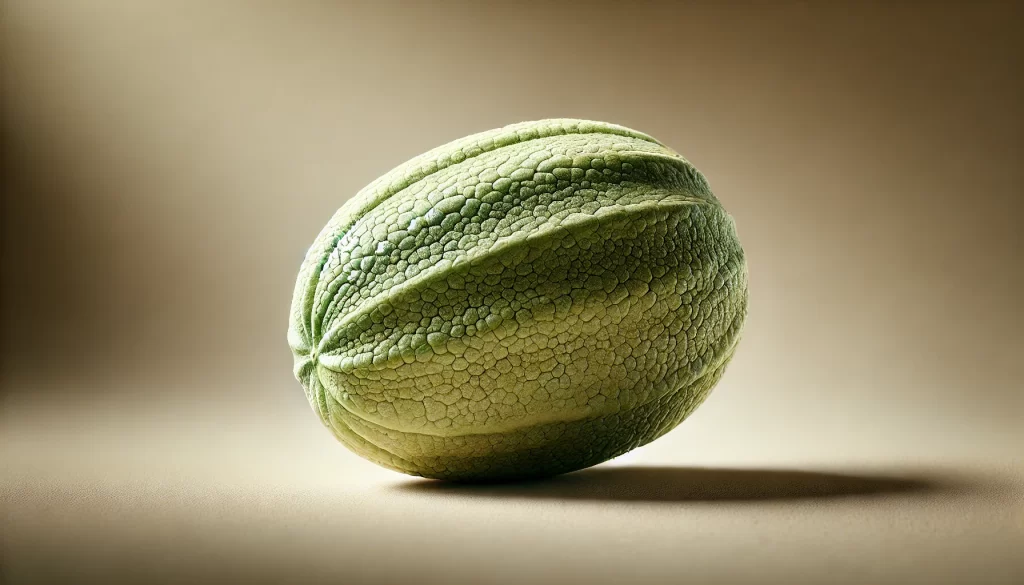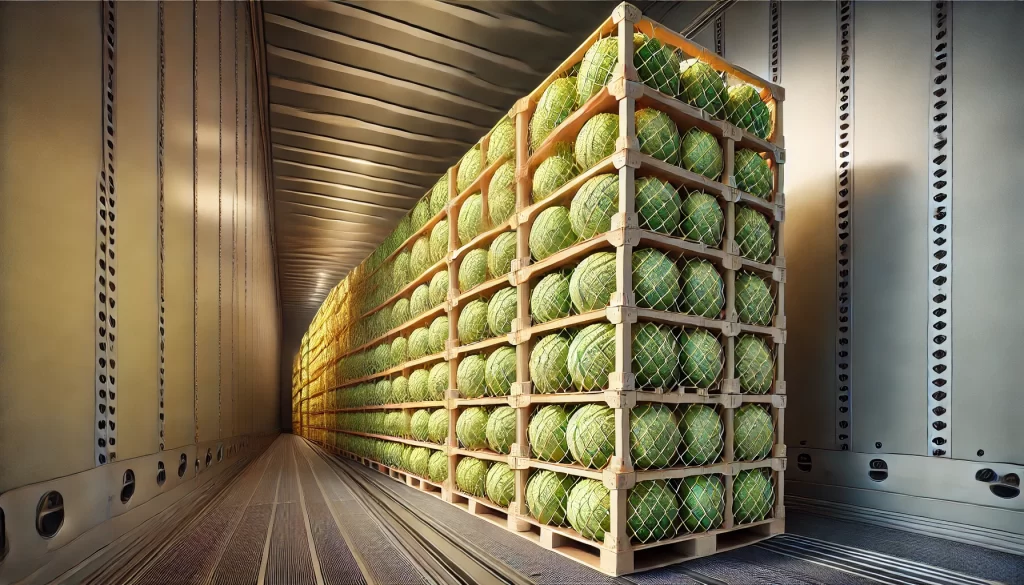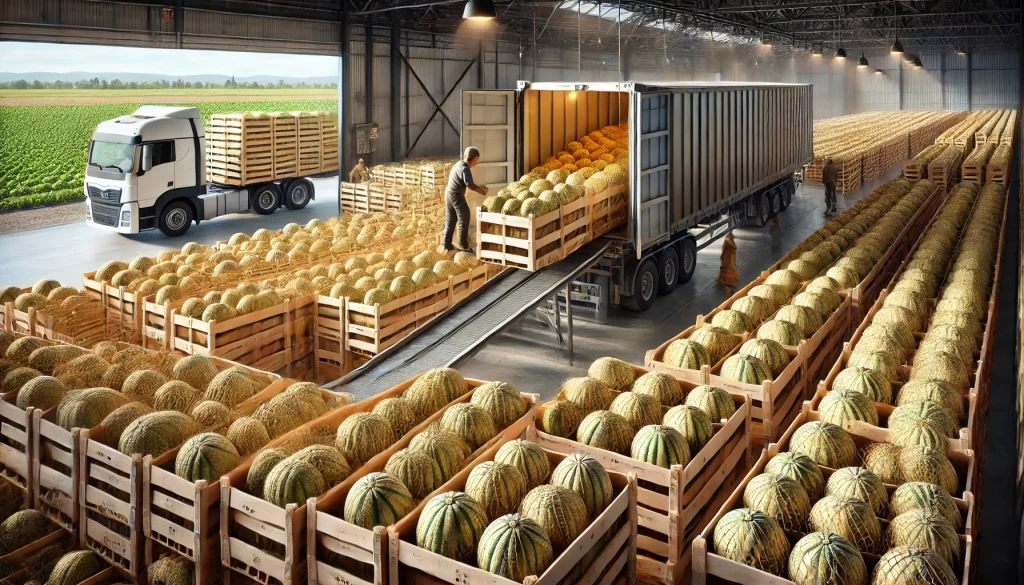The melon is a fruit appreciated worldwide, with a history that spans millennia. Its evolution from early agricultural cultures to becoming a global product reflects both advances in cultivation techniques and changes in food demand and distribution. In this article, we will explore the history of the melon, its genetic diversification, its impact on the global economy, and how it has become part of international markets.

Historical Origins of the Melon
Early Cultures and Domestication
The first evidence of melon cultivation dates back over 4,000 years in regions of Africa and Asia. Ancient civilizations such as the Egyptian, Greek, and Roman already grew melons, prized for their sweet flavor and nutritional properties. It is believed that the melon was domesticated from wild species near desert and river areas, gradually adapting to different climates and crops.
Diversification and Expansion
Over time, the melon diversified into multiple varieties, such as Cantaloupe, Honeydew, Galia, and many others. Genetic variability allowed this fruit to adapt to different climates and soils, facilitating its spread along ancient trade routes and expanding across Europe, Asia, and eventually to the New World.

Advances in Agricultural Techniques and Genetic Improvement
Innovations in Cultivation
The development of agricultural techniques and innovations in irrigation methods, fertilization, and pest control have improved the quality and yield of melons. Modern producers use technologies such as drip irrigation, fertigation, and greenhouse use to ensure optimal conditions, extending the growing season and ensuring consistency in fruit quality.
Genetic Improvement Programs
Genetic improvement programs have resulted in melon varieties that are more resistant to diseases, with higher yields and flavor characteristics adapted to market preferences. The exchange of knowledge and resources between agricultural scientists worldwide has enabled the creation of cultivars that meet international standards and satisfy the growing demand for this fruit in global markets.
The Melon in the Global Market
Production and Export
Today, countries such as Spain, the United States, Turkey, and China are some of the world’s leading melon producers. Globalization and the development of effective supply chains have enabled the export of fresh melons to distant markets, maintaining quality through advanced storage and transportation techniques.

Economic Impact
The melon is not only a healthy and delicious food but also an economic driver in many regions. Its cultivation generates employment, boosts rural economies, and contributes to the trade balance of exporting countries. International consumers value high-quality melons, which encourages investment in research and technology to further improve production and logistics.
Future Trends in Melon Production
Sustainability and Precision Agriculture
The future of melon cultivation points toward sustainability, with agricultural practices that reduce the use of water, fertilizers, and pesticides. Precision agriculture, through the use of sensors and real-time data, optimizes resource use and minimizes environmental impact.
Market Expansion and Exotic Varieties
Global demand continues to grow, and with it, the diversification of varieties and flavors. The introduction of exotic melons and the creation of new cultivars adapted to different tastes promises to expand the market and offer consumers new and varied experiences.

Conclusion
The evolution of the melon from early cultures to the global market is a story of adaptation, innovation, and expansion. Understanding its origin, the advances in its cultivation, and its economic impact helps appreciate the importance of this fruit in global agriculture. With sustainability and technology leading the way, the future of the melon promises to be as sweet and vibrant as its past.
 AgronoBlog – Agriculture Blog
AgronoBlog – Agriculture Blog 


